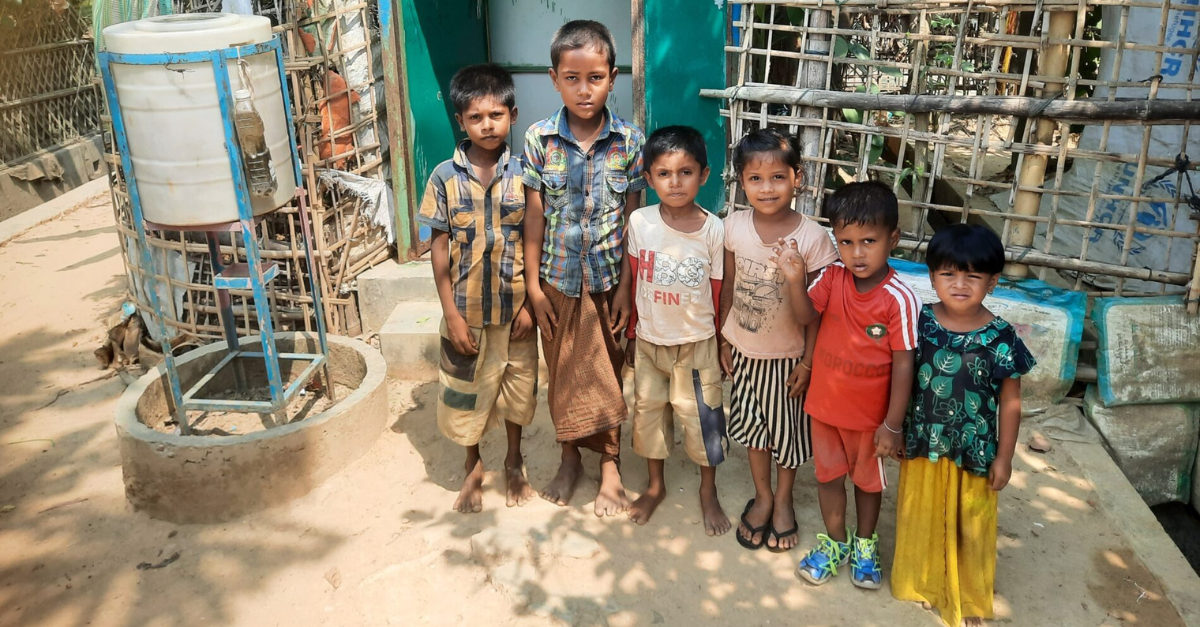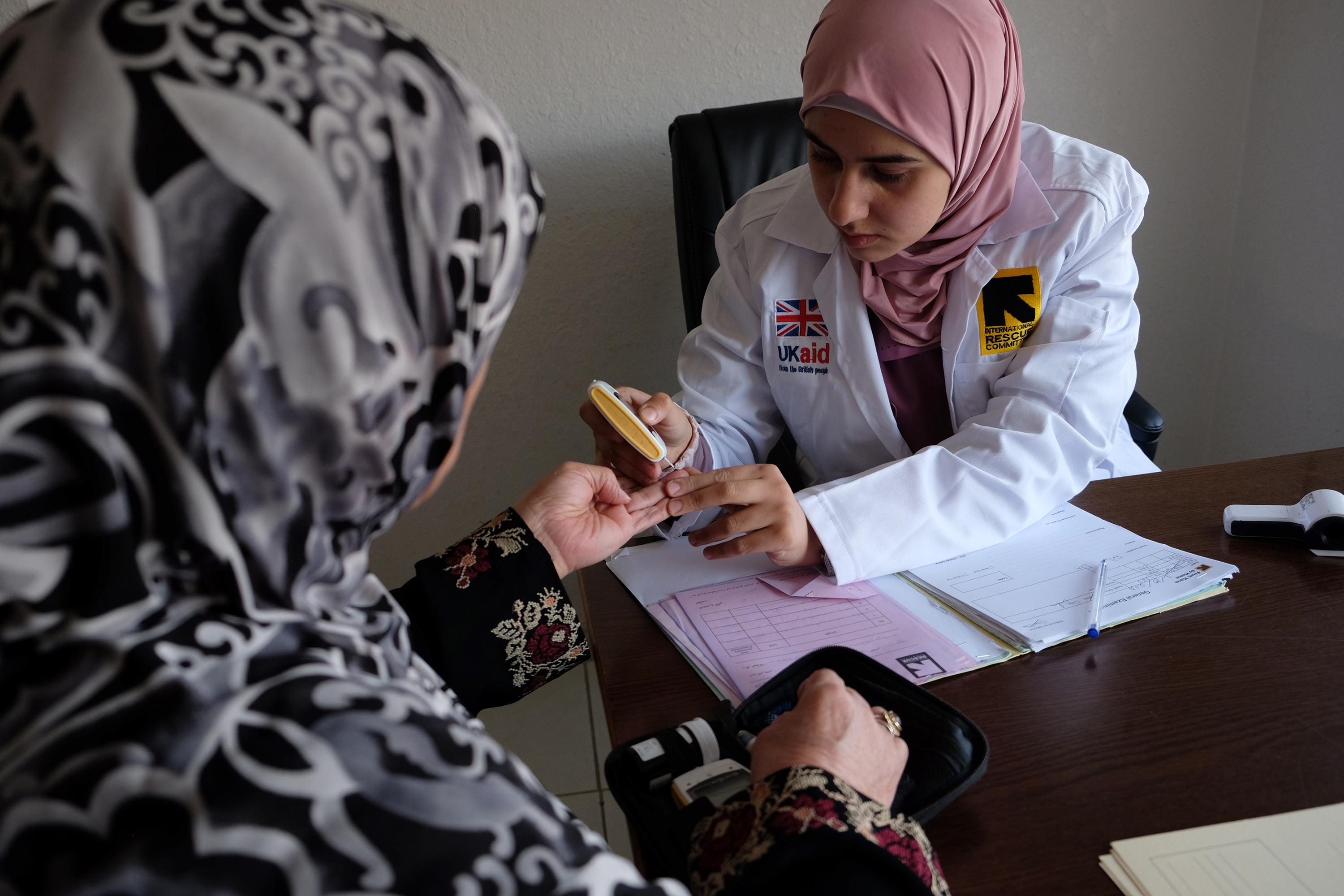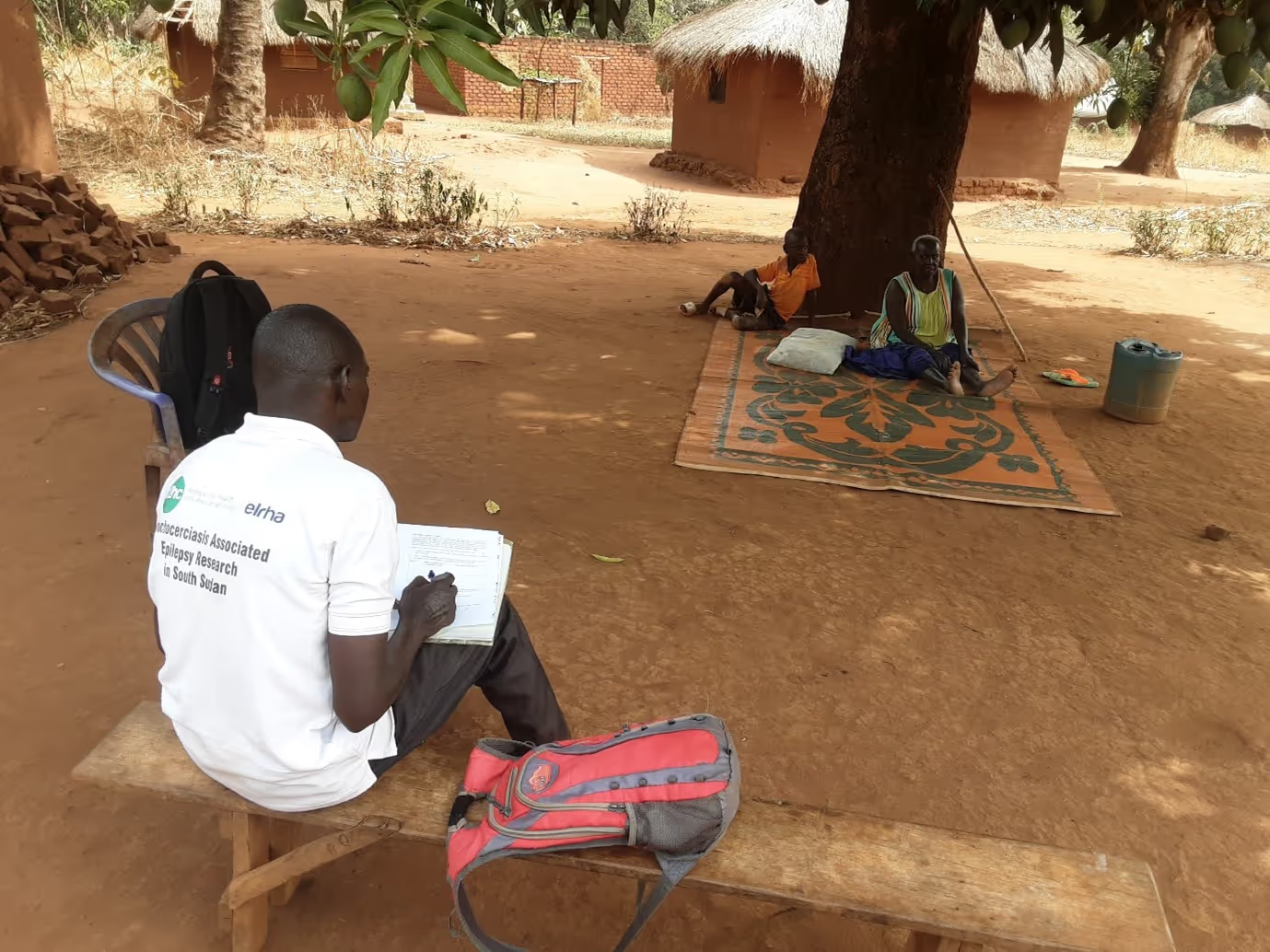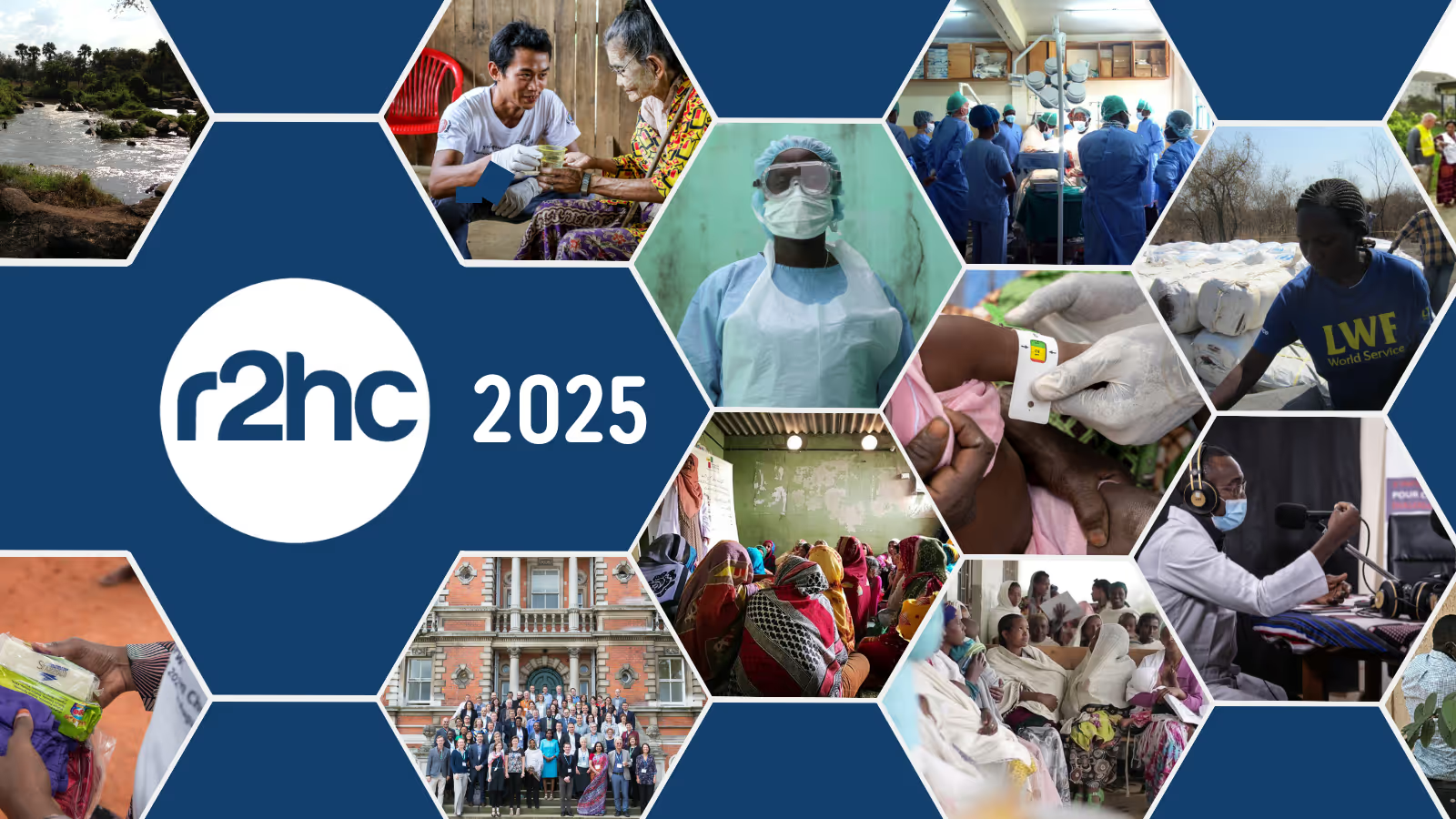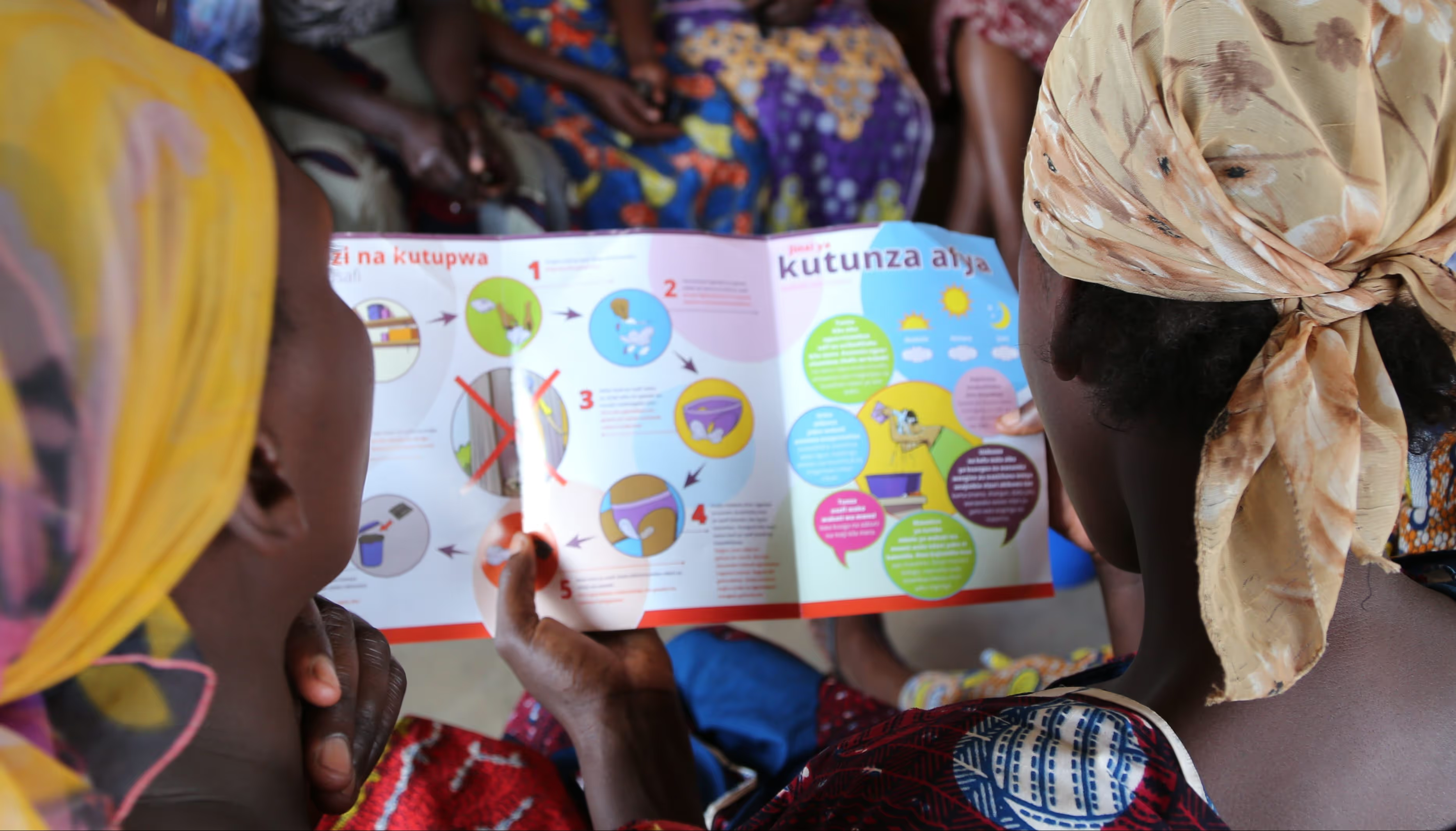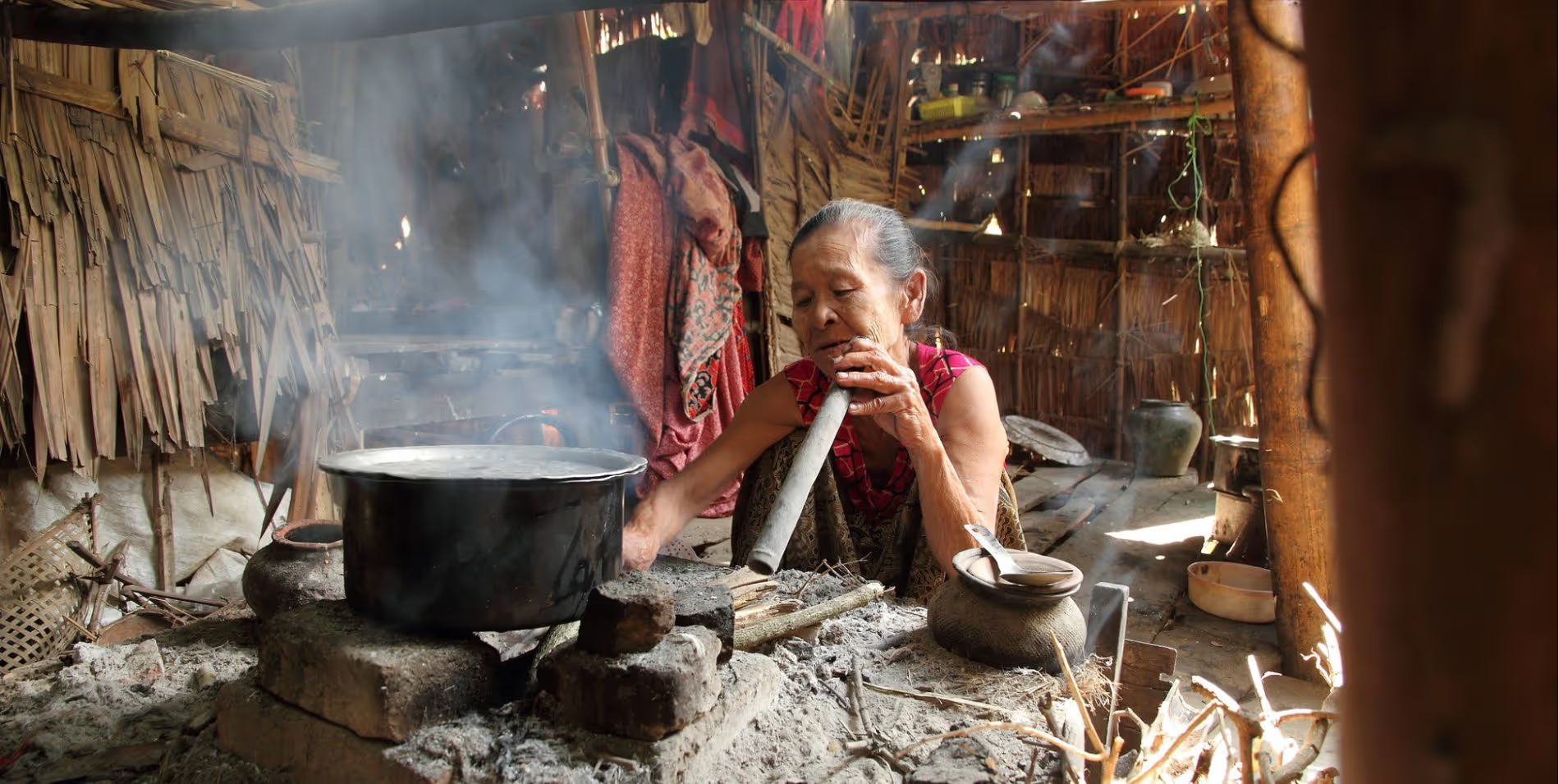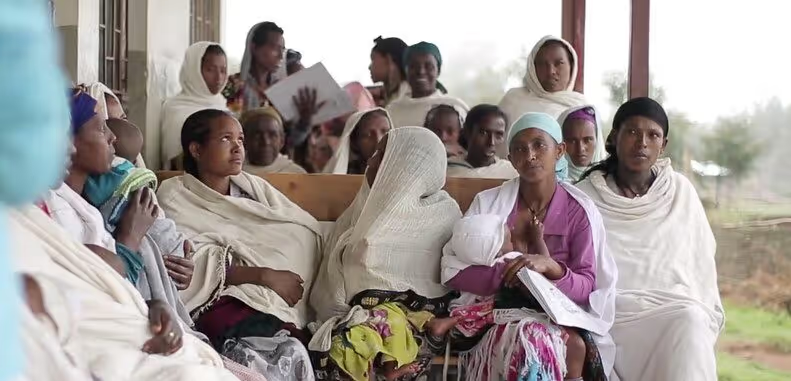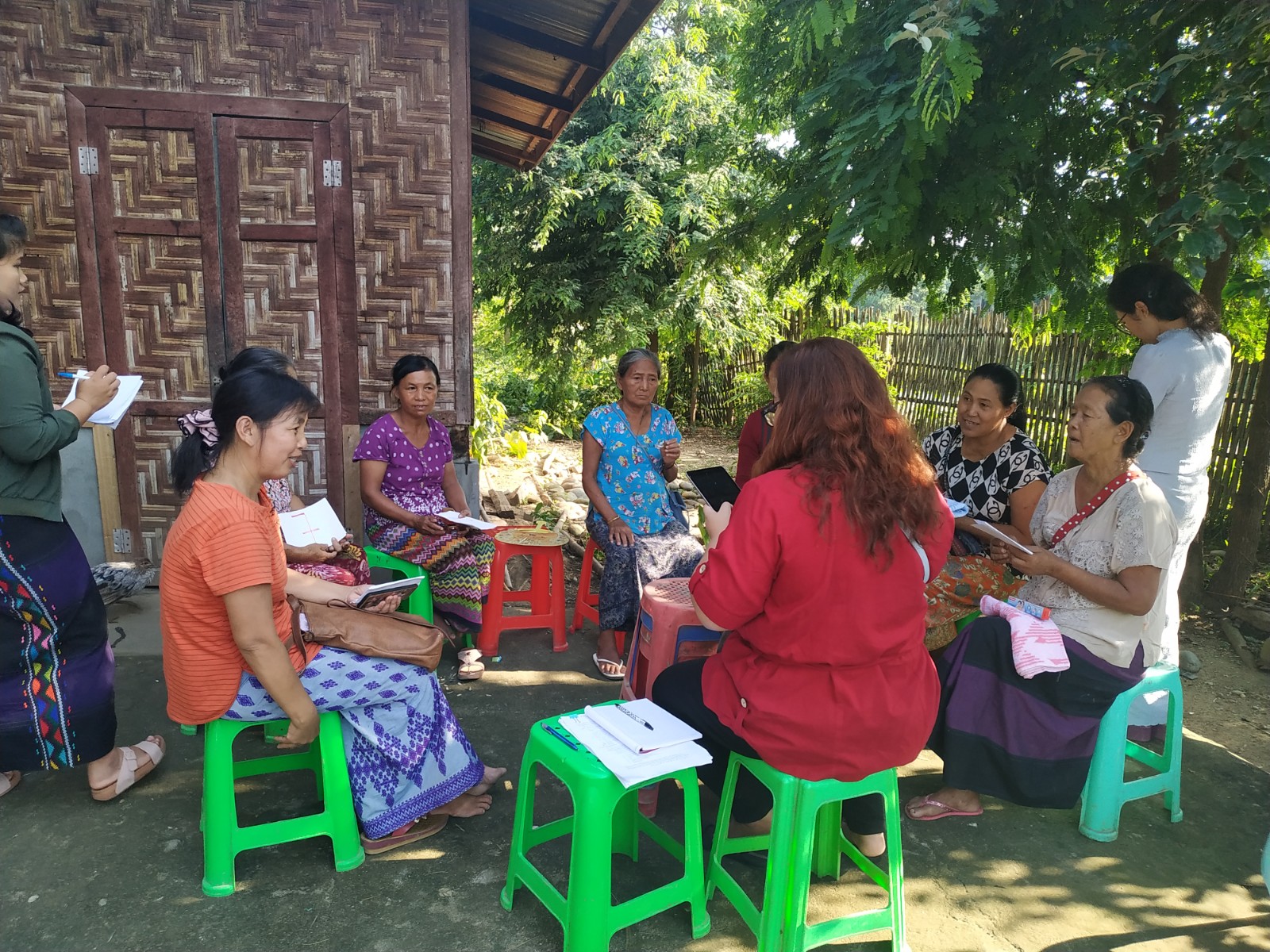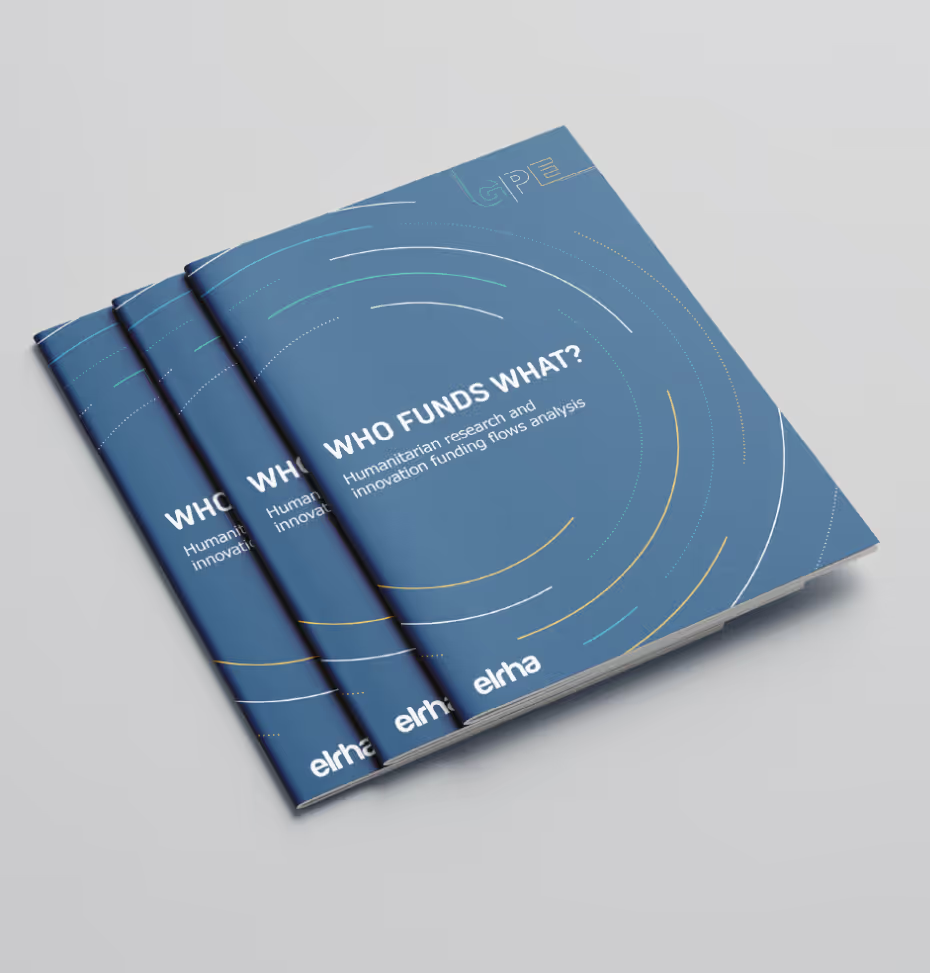Humanitarian research and innovation news
Here you’ll find the latest updates from our programmes, our organisation and across the sector.
Explore news
Use the search bar below to explore our latest updates by keyword. You can also apply filters to narrow results by focus area, year, and area of funding. Results will update as you search and filter.

Kate Maina-Vorley appointed as Elrha’s new CEO
No items found.
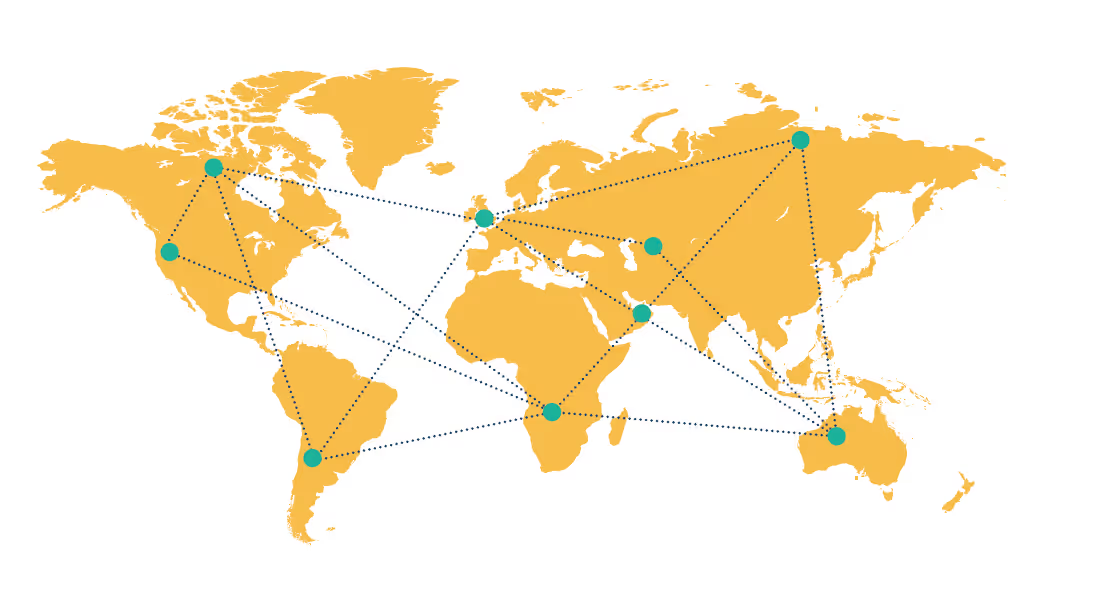
Key Learnings from Global Forums: Tackling GBV, Climate Resilience, and WASH in Humanitarian Crises
No items found.
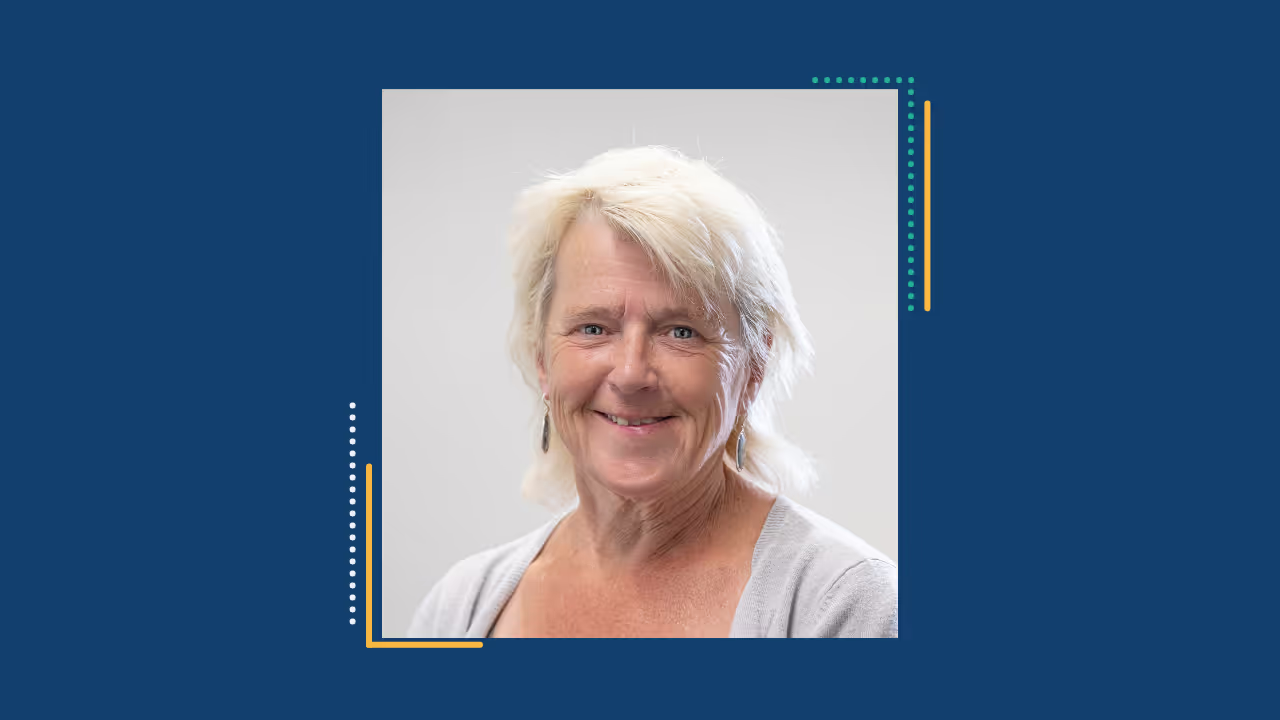
Welcoming Fiona McSheehy as our interim CEO
No items found.
Changes to R2HC’s Advisory Group Chair
No items found.
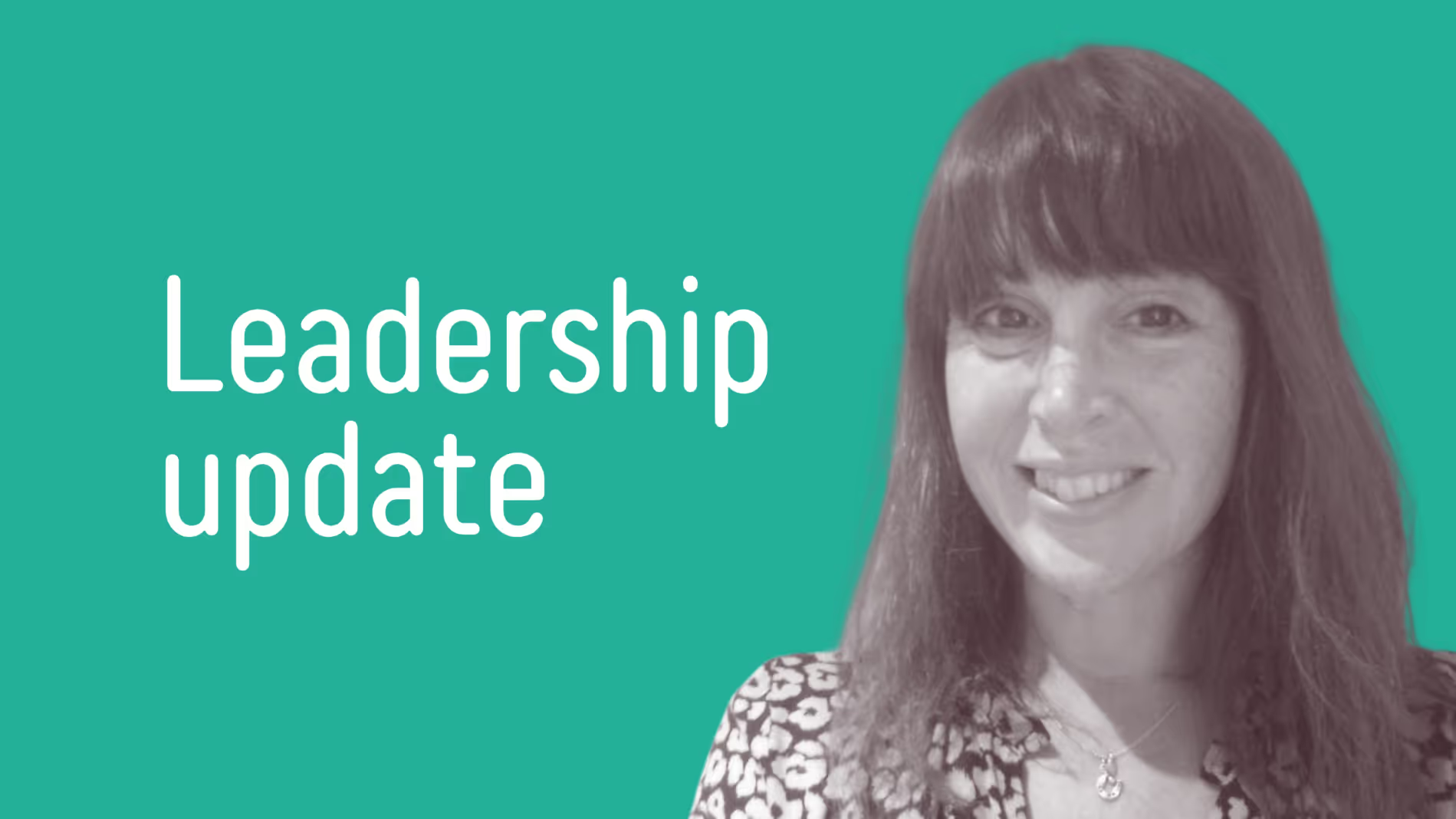
Leadership update: Jess Camburn to step down as Elrha's CEO
No items found.
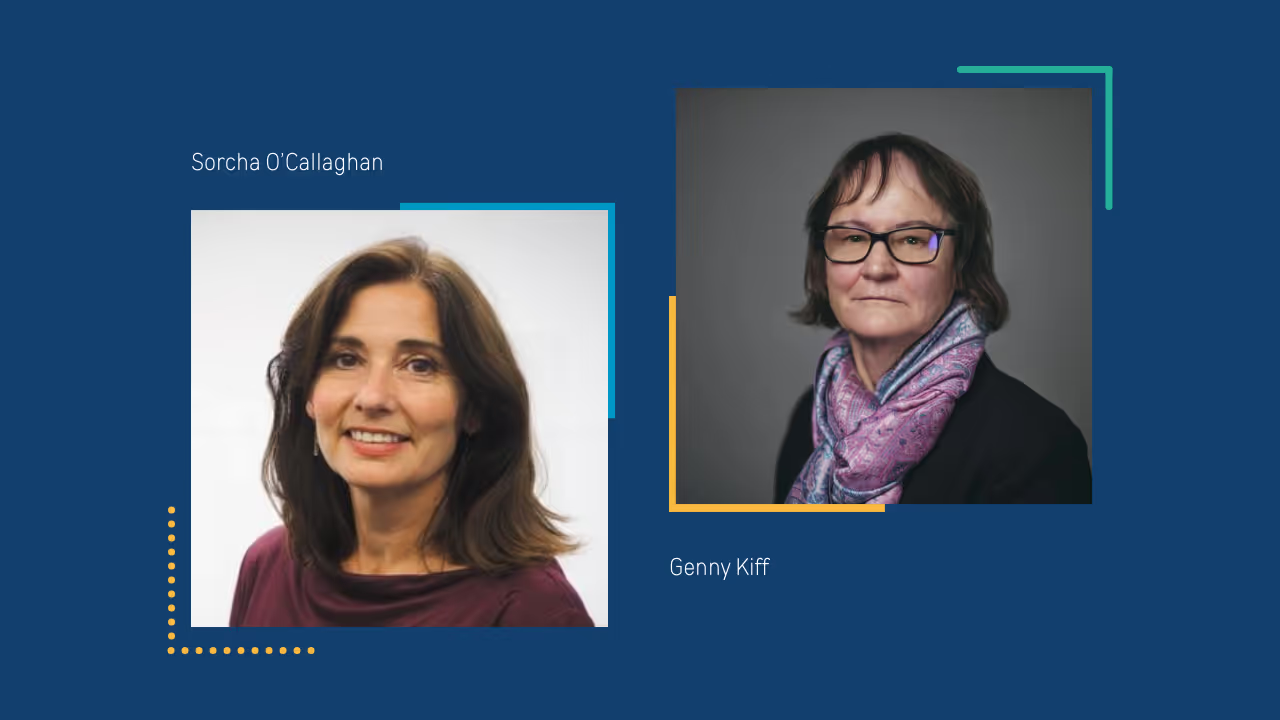
We announce our new trustees
No items found.
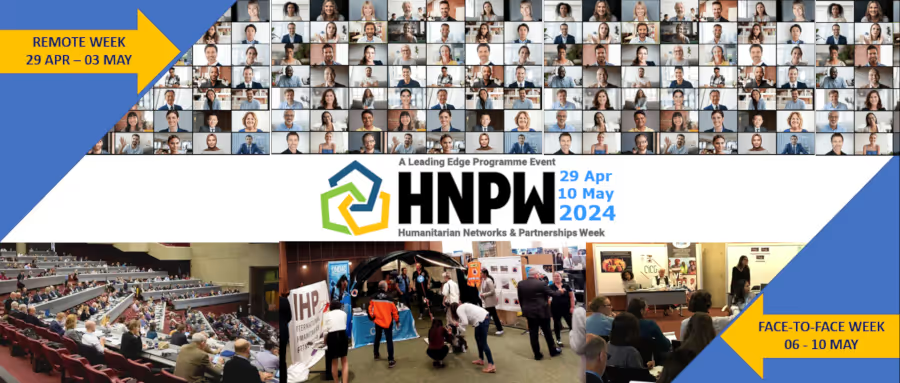
Join us at Humanitarian Networks and Partnerships Weeks 2024
No items found.
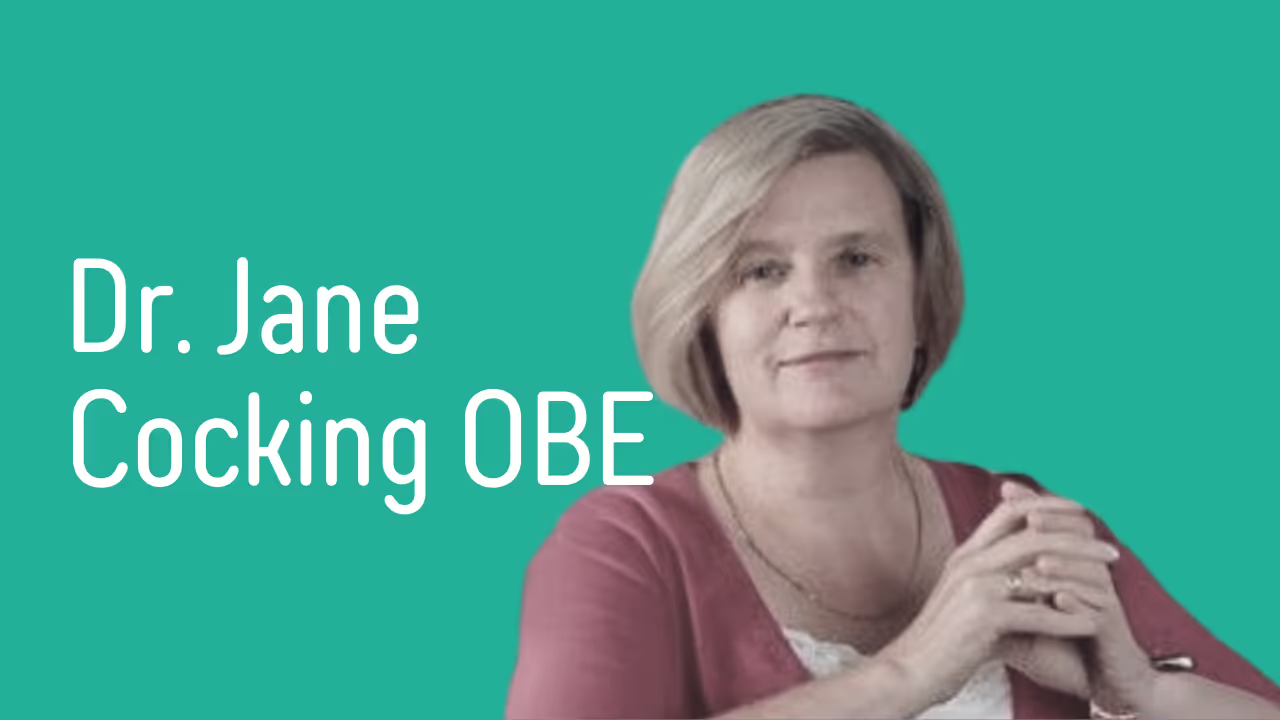
We announce our new chair of trustees for 2024
No items found.
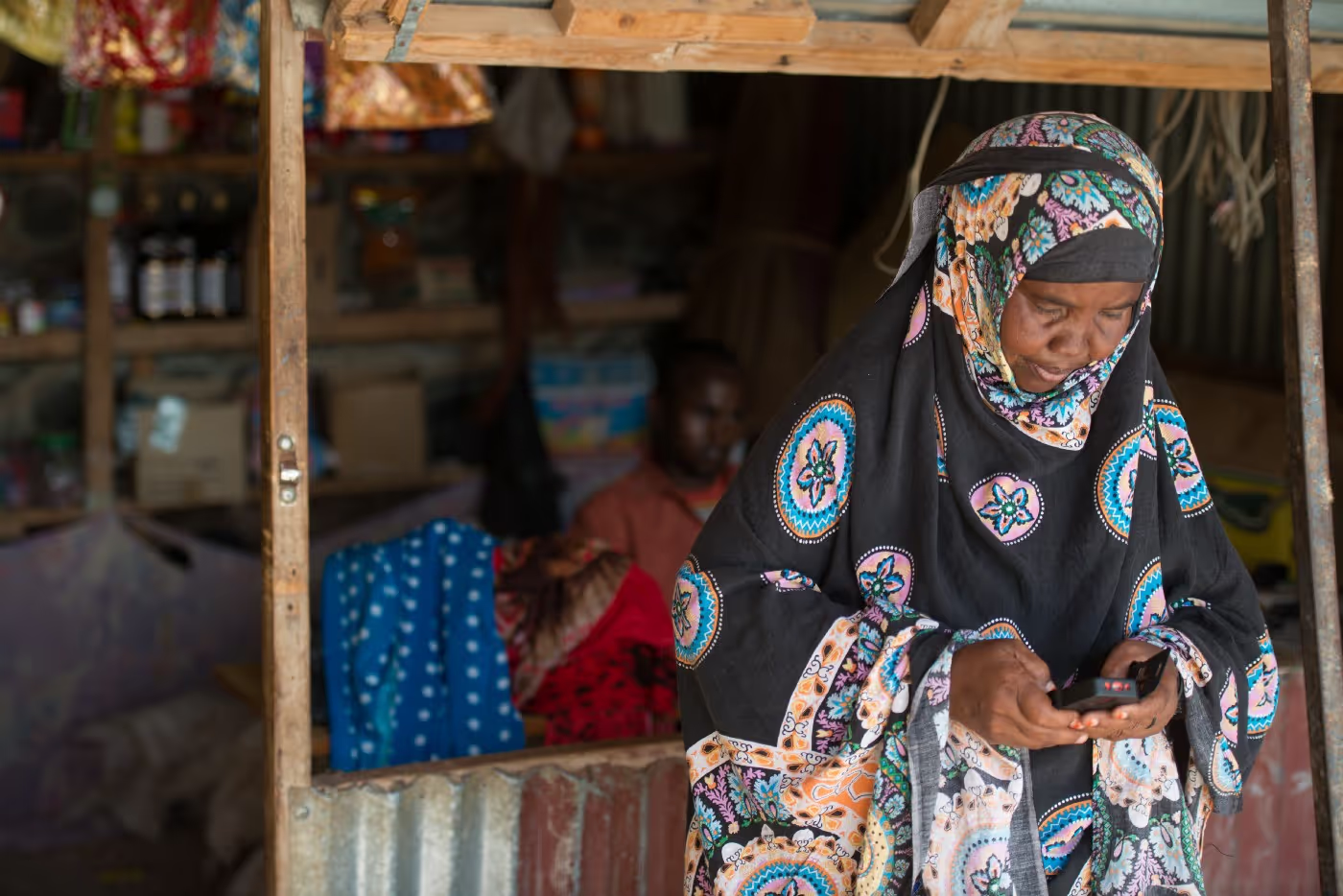
Reflecting on a year of humanitarian research and innovation
No items found.
Elrha joins 70+ INGOs in urgent call for a ceasefire in Israel and occupied Palestinian Territories (oPT)
No items found.
Webinar series: New approaches to addressing gender-based violence in humanitarian settings
No items found.
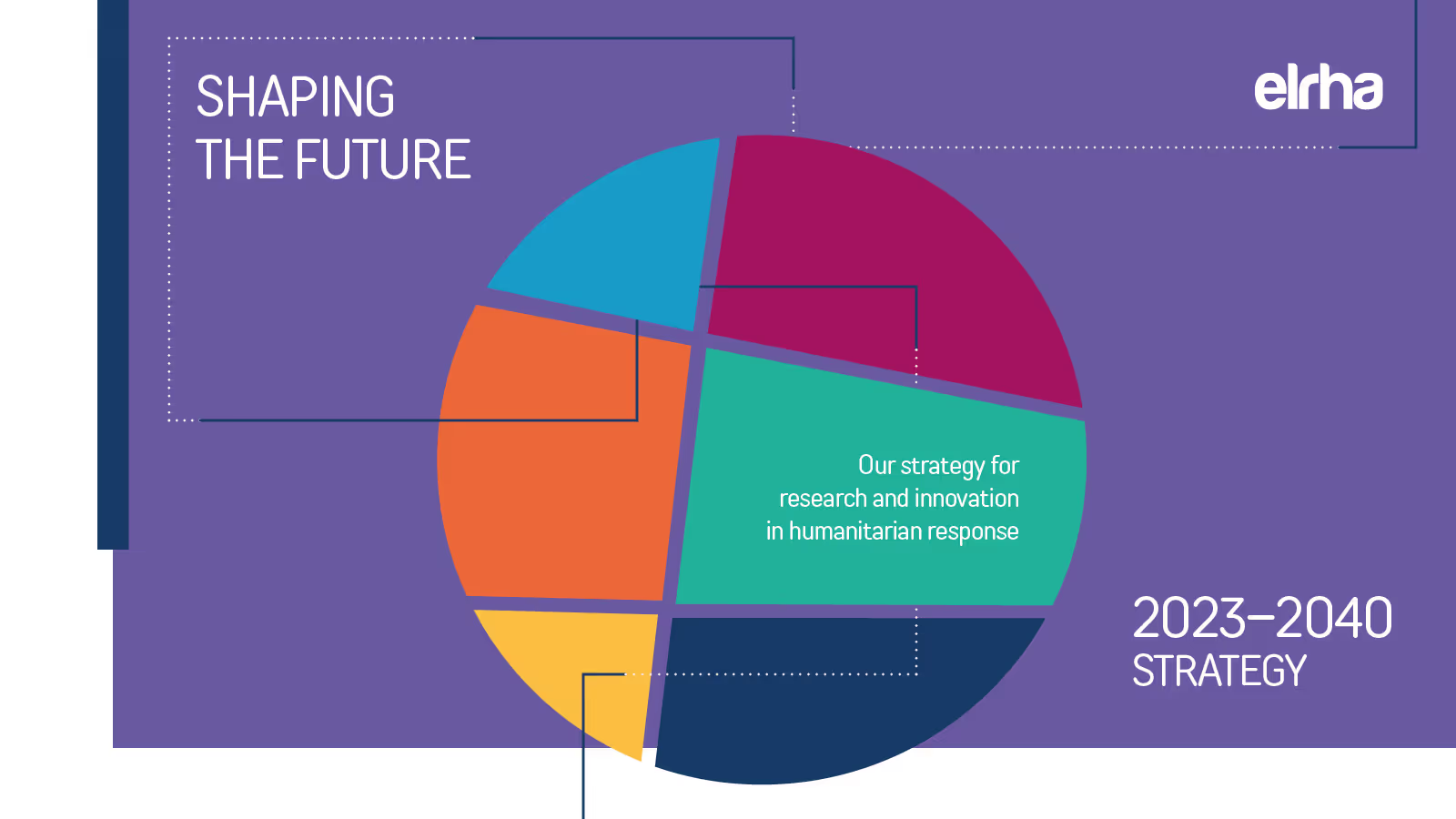
Shaping the future - our strategy for research and innovation in humanitarian response: 2023-2040
No items found.
We appoint two new trustees to our Board
No items found.

Thank you to our outgoing trustee Wendy Fenton
No items found.
Stay up to date!
Sign up to our newsletters to receive regular updates on the latest news, resources, and funding opportunities in humanitarian research and innovations.
1. Teacher during lesson in Idlib, Syria - Photo by Akhem Akacha on Pexels.
Explore Elrha
Learn more about Elrha’s mission, the organizations we support, and the resources we provide to drive innovation in humanitarian response.
